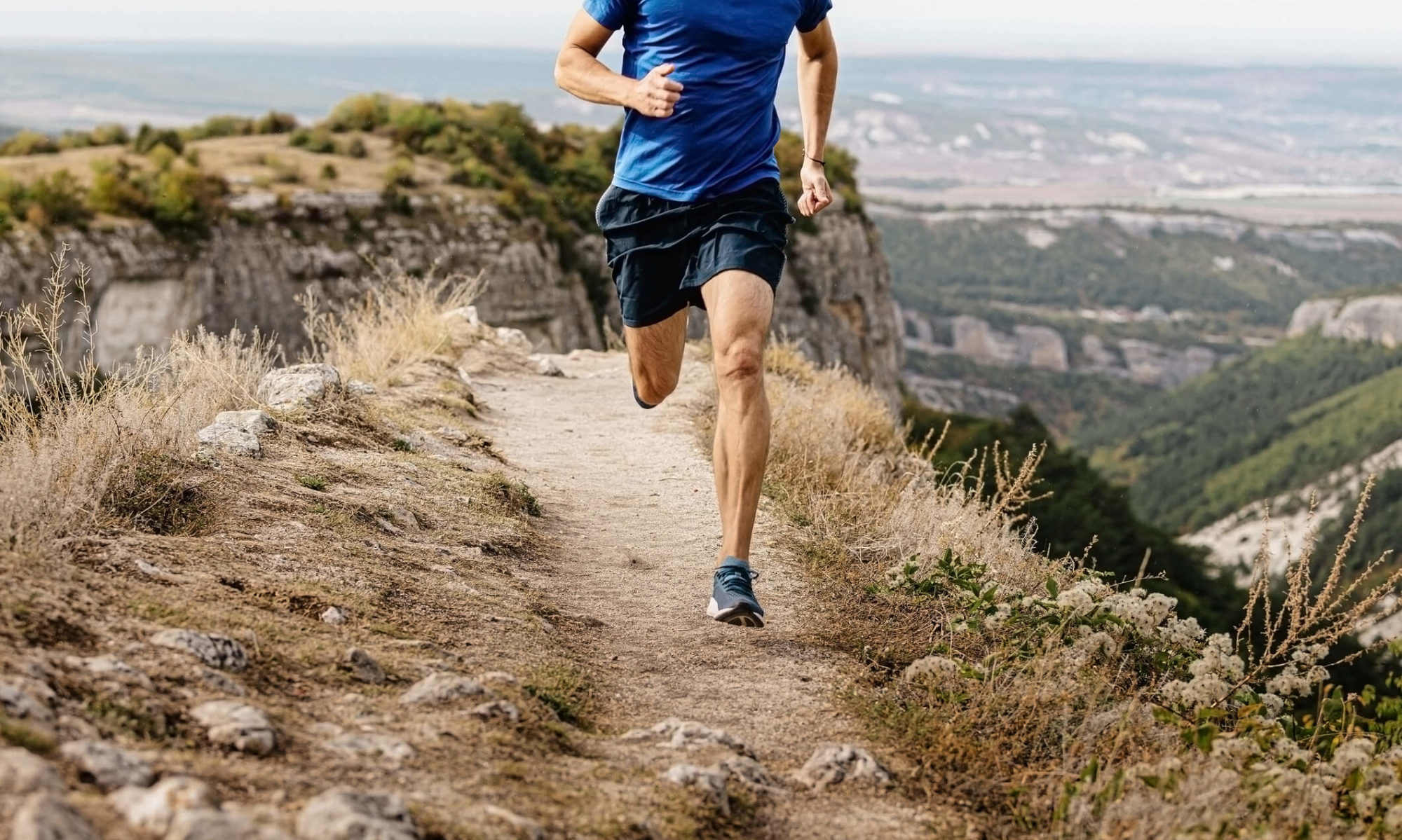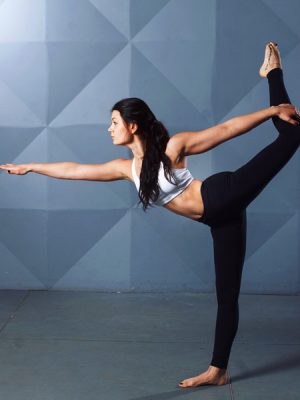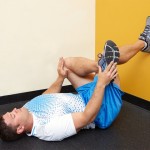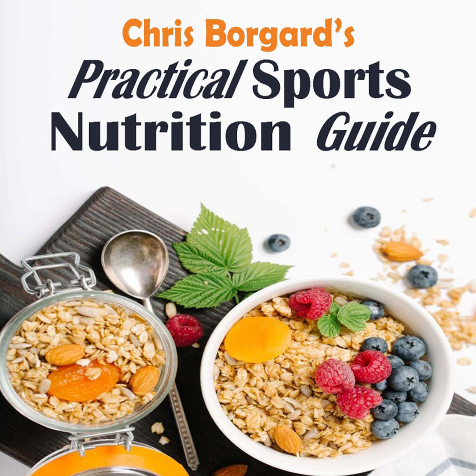EXERCISE AND THE IMMUNE SYSTEM
Amidst the lockdown and shut-down restrictions imposed on Americans during the 2020 COVID pandemic, along with fearful doom-and-gloom news headlines about infection rates and casualties, this quarterly blog will focus on a topic you have probably never heard mentioned during these trying times…the power of a healthy immune system to ward off a potentially harmful virus.
THIS JUST IN: Regular physical activity and/or frequent structured exercise diminishes the risk of contracting a range of communicable diseases, including viral and bacterial infections. Sounds like common sense, right?
THE PROBLEM
In the 80s and 90s, some research – which has since been contradicted with new evidence – found that periods of very vigorous bouts of aerobic exercise could increase cortisol levels while suppressing immune activity, leading to the “open-window” theory causing concern about compromised immune response in the hours following exercise. Yet very few of these self-reported symptoms (many on issues such as the common cold) were confirmed by laboratory testing, and many could be attributed to allergies and or asthma on a race day.
The most abundant immunoglobulin in mucosal secretions is called IgA, with its principle role is the inhibition of invading pathogens. Early studies had reported a 20% decrease in IgA secretions post-exercise, but a major research review in 2018 of some 250 articles determined that, in Lehman’s terms, exercise to exhaustion has an “effect on the quantity of saliva, but not the quality of saliva.” (1)
The authors acknowledged that lymphocytes levels dip in the 1-2 hour “open-window” period immediately following exercise. But their study suggests that these immune cells are redeployed to peripheral tissues like mucosal surfaces, as well as the gut, lungs, and bone marrow.
WHY IT MATTERS
The body’s immune system is its first line of defense from such threats: it’s outer walls and gates fortified by the largest organ in the body (skin). In their comprehensive review, the above researchers cited data from at least 8 vaccine studies exploring the effects of regular physical activity or frequent exercise training on the immune response to vaccination.
The authors provide robust support for the argument that exercise enhances, rather than suppresses immunity, stating “strong evidence implies that a reduction in the frequency and function of lymphocytes (and other immune cells) in peripheral blood in the hours following vigorous and prolonged exercise does NOT reflect immune suppression. Instead, the observed lymphopenia represents a heightened state of immune surveillance and immune regulation driven by a preferential mobilization of cells to peripheral tissues.”
They concluded that exercise “does not heighten the risk of opportunistic infections, and that exercise can, in fact, enhance immune responses to bacterial, viral, and other antigens in living persons.”
Another recent and relevant study by MXM, a technology and data transfer company specializing in fitness industry member tracking, found that out of more than 49.4 million health club visits over three months, 0.0023 percent tested positive for COVID-19, which is more than 500 times less than the current estimated U.S. national average (2)

“Regular physical activity and/or frequent structured exercise diminishes the risk of contracting a range of communicable diseases, including viral and bacterial infections.”
(see sources below)
WHO is AT RISK?
The general assumption is that elderly individuals are far more susceptible to bacterial and viral illness. And yet a sedentary lifestyle without exercise (and its accompanying excess weight gain) is well-known to introduce a host of problems with one’s health and well-being.
It has been found that among both the young and elderly, an active lifestyle is generally linked to higher numbers and proportions of naïve T cells in peripheral blood at rest. In their systematic review, the researchers took it a step further by suggesting that “alterations in tissue-resident cells with advancing age are very likely a result of adipose tissue accumulation and dysfunction that also occurs in parallel with aging.” Indeed, obesity has been linked with impaired lymphocyte proliferation as well as oxidative stress, and several inflammatory cytokines are produced in adipose tissue.
So why are we closing gyms and health centers? Whether you view it as a medically-justified preventative measure, or merely as an overreaction by folks with their heads in the sand – the facts remain. Gyms and recreation areas are an essential part of keeping – and staying – healthy
– CHRIS BORGARD
Sources:
- FROM FRONTIERS in IMMUNOLOGY (APRIL 2018). Campbell, j.P. & Turner, J.E. “Debunking the Myth of Exercise-Induced Immune Suppression: Redefining the Impact of Exercise on Immunological Health Across the Lifespan”
- This study tracked member check-in data from May 1-Aug. 6 at 2,873 U.S. health clubs and studios compared to self-reported infection rates. Participating clubs included Anytime Fitness, LifeTime, Planet Fitness, and Orangetheory.




 Start close to a wall lying on your back. Place one foot up on the wall with the tailbone staying on the ground. If you are a proper distance from the wall the knee of the wall leg will be bent to 90 degrees.
Start close to a wall lying on your back. Place one foot up on the wall with the tailbone staying on the ground. If you are a proper distance from the wall the knee of the wall leg will be bent to 90 degrees.












